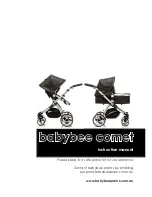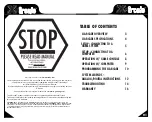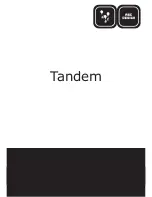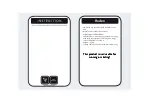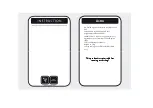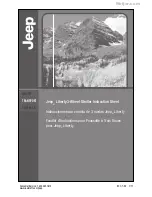
DL205 User Manual, 4th Edition, Rev. B
5–215
Chapter 5: Standard RLL Instructions - ASCII
1
2
3
4
5
6
7
8
9
10
11
12
13
14
A
B
C
D
AIN Variable Length Configuration:
•
Length Type
: select Variable Length if the ASCII string length followed by termination characters
will vary in length
•
Port Number
: must be DL260 port 2 (K2)
•
Data Destination
: specifies where the ASCII string will be placed in V–memory
•
Maximum Variable Length
: specifies, in bytes, the maximum length of a Variable Length ASCII
string the port will receive
•
Inter–character Timeout
: if the amount of time between incoming ASCII characters exceeds the set
time, the Timeout Error bit will be set. No data will be stored at the Data Destination V–memory
location. The Timeout Error bit will reset when the AIN instruction permissive bits are disabled.
None
selection disables this feature.
•
First Character Timeout
: if the amount of time from when the AIN is enabled to the time the first
character is received exceeds the set time, the specified First Character Timeout bit will be set. The
bit will reset when the AIN instruction permissive bits are disabled.
None
selection disables this
feature.
•
Byte Swap
: swaps the high–byte and low–byte within each V–memory register of the Varaible
Length ASCII string. See the SWAPB instruction for details.
•
Termination Code Length
: consists of either 1 or 2 characters. Refer to the ASCII table in
Appendix G.
•
Overflow Error Bit
: is set when the ASCII data received exceeds the Maximum Variable Length
specified.
•
Busy Bit
: is ON while the AIN instruction is receiving ASCII data
•
Complete Bit
: is set once the ASCII data has been received up to the termination code characters. It
will be reset when the AIN instruction permissive bits are disabled.
•
Inter–character Timeout Error Bit
: is set when the Character Timeout is exceed. See Character
Timeout explanation above.
•
First Character Timeout Error Bit
: is set when the First Character Timeout is exceed. See First
Character Timeout explanation above.
































